BEE-WARE OF FAKE HONEY!
Off to the store you go, and you suddenly find yourself staring at the honey shelf with absolutely no idea which honey to choose. Raw, organic, pure, pasteurized, infused, multi-flower—it can all get a bit overwhelming and confusing!
With so many varieties of honey available at the local grocery store and online, how do you choose the healthiest honey for your family?
How do you avoid another sugar source with empty calories and zero nutrients? After all, there's a reason we choose honey over sugar—its beneficial properties.
In a hurry? Here's a recap of the healthiest honey to buy for your family:
The most natural, raw state of honey is the healthiest honey if you want all the antimicrobial, antiviral, and antifungal properties and health benefits of honey.
When searching for the best honey for your family, choose one of these:
- Raw Honey: Raw honey comes directly from the beehives. It is unheated, unprocessed, and unpasteurized. The rawest form of honey you can eat is honeycomb.
- Pure Honey: Pure, unheated, unfiltered honey is still 100% raw honey but is taken from the beehives and gently strained to remove dirt, chunks, and dead bugs.
Essentially, raw and pure honey are the healthiest honeys you can choose. When possible, it is best to choose a product labeled raw and unfiltered.
Continue reading to discover the differences and what to look out for when choosing the healthiest honey for your family. Bee-cause we care!
Need honey? Buy the best honey here!
IS IT EVEN HONEY??
You may have good intentions, but many of the honey products found in stores are highly processed and "fake honey." Fake honey often consists of only one-third of raw honey and is usually mixed with water and sugar syrups like cane, corn, or rice sugar.
Food Safety News decided to test honey sold all over the U.S. They analyzed the pollen of 60 jugs, jars, and plastic bears of honey from 10 different states. Among all the containers of honey provided, a staggering 76 percent or more had the pollen removed.
Many commercially sold honey products are pasteurized (a process where high heat is applied) to extend their shelf life and help to keep them in liquid form.
Another counteractive process is the filtration of the honey to remove all the air bubbles, giving it a cleaner, smoother, and more appealing consistency.
But all the good we wish to get from honey is removed by these very processes.
Pasteurization and filtration remove many of the phytonutrients that give honey a healthy reputation.
They also destroy almost all the vitamins, minerals, and antioxidant properties you would have found in raw honey straight from the beehive. In some cases, honey is filtered so much that no pollen is present anymore.
As the Food and Drug Administration (FDA) states, honey that has been ultra-filtered is not really honey, and the medicinal advantages of honey can't be expected. Unfortunately, the FDA does not conduct quality or control checks on honey sold in the U.S. to see if it contains any pollen.
So if you desire any health benefits from honey, it is time to get to know the different types of honey and make informed choices for your family.
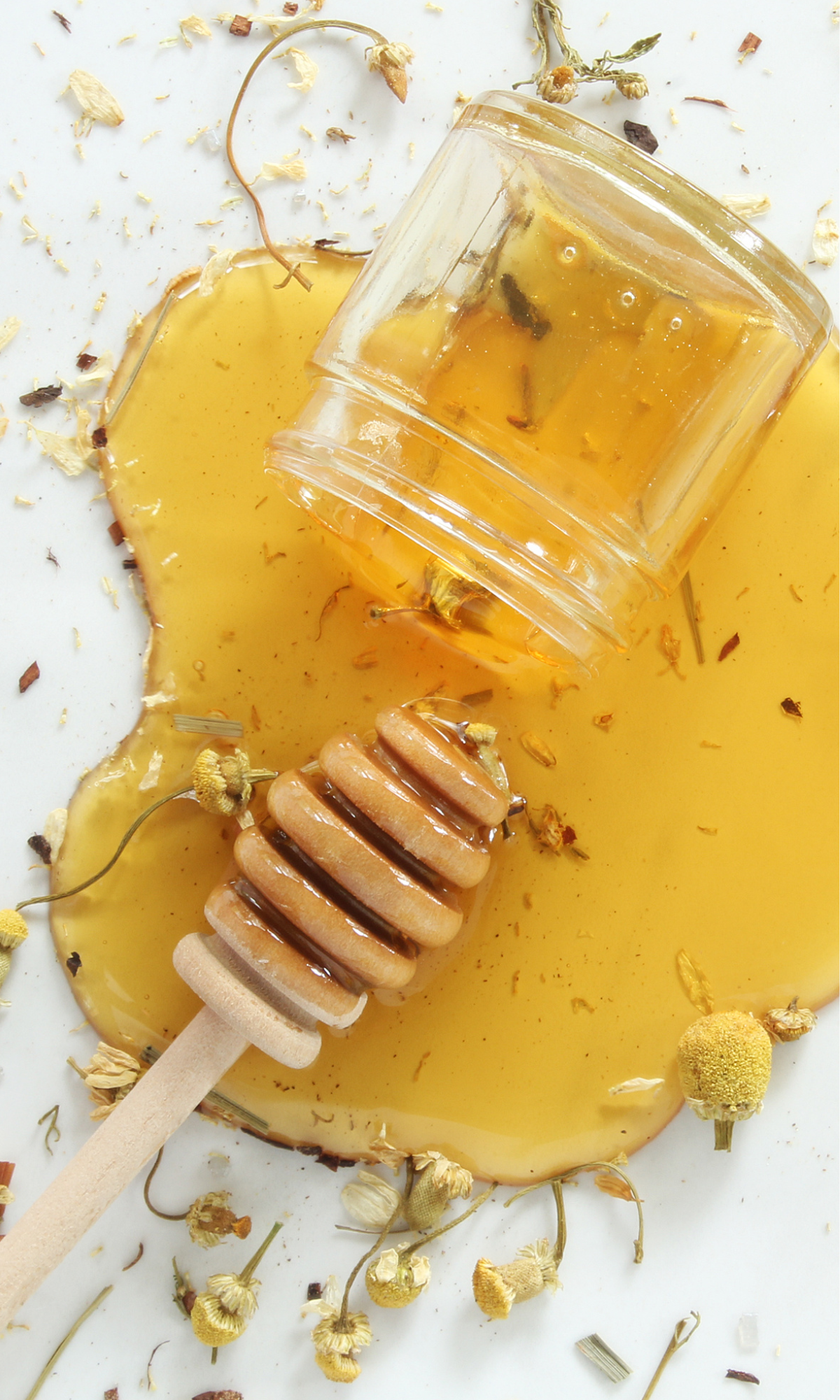
the different types of honey
-v1730116406442.png?680x3402)
These are some of the types of honey and label wording you would find when searching for honey:
Raw Honey
Raw honey comes directly from the beehives, which the bees produce from the nectar of flowers and is placed in packaging or eaten as is.
It is unheated, unprocessed, and unpasteurized. It may contain chunks of wax, dead bees, and rough pollen particles. It has an opaque appearance and can vary in color and texture. The rawest form of honey you can eat is honeycomb.
Pure Honey
Pure honey is still 100% raw honey but is taken from the beehives and gently strained by spreading it over a nylon cloth to remove nasties such as dirt, chunks, and dead bugs.
Unheated or unfiltered honey is entirely natural, retaining all the enzymes, nutrients, integrity of the pollen, microbes, and medicinal compounds beneficial for our health.
Pure honey is not mixed with synthetic sugars like corn or cane sugar and does not contain added coloring or preservatives. Essentially, raw and pure honey are the healthiest honeys you can choose.
Organic Honey
To be classified as organic, honey producers must prove that their bees only foraged organically and they follow organic practices and standards.
Hives must be treated organically, and the flowers cannot be sprayed with pesticides. Organic honey can be strained and may not be heated above 95 degrees F.
Honey labeled as organic is also not necessarily raw and can be filtered and pasteurized. Yes, honey can be both raw and organic, but you should not assume it is raw because it is organic or vice versa.
To prove that honey is organic is very challenging, as bees can fly within a 9-mile radius. Farmers can seldom guarantee that their bees have not flown off to the neighbors where pesticides are used.
Unfiltered Honey
When honey is filtered, tiny particles are removed, even as small as the pollen. It is also often heat-treated to change to a liquid state and thus no longer raw.
Unfiltered honey is not necessarily raw, but it will be closer to the natural state, preserving all the good-for-you properties. When possible, it is best to choose a product labeled raw and unfiltered.
Infused Honey
By combining honey with different herbs or spices, infused honey can be made to have a distinct flavor. Although it starts with raw honey, the flavor and color of that original honey can drastically alter when other herbs are added. Think vanilla, cinnamon, and ginger-infused honey!
Single & multi-source honey
Single-source honey means that the honey was made by pollinating only a single species of plant. While multi-source or multi-flower honey means that the honey was made by pollinating multiple species of plants.
Regular Honey
Regular honey is the kind you want to avoid (and, most often, the cheapest!).
Regular honey goes through pasteurization and filtration, removing all the characteristics that make honey so remarkable. The bees may have visited pesticide-treated crops, been treated with antibiotics, and gotten winter nourishment with sugar or low-cost syrup.
It essentially becomes just another sugar-ridden item in our pantries with no beneficial properties.
how to choose the healthiest honey
Examine the label
------Scrutinizing the label is the first step. Look for the words 'unpasteurized', 'unfiltered,' 'raw,' 'pure,' or 'true source certified.'
Consider the price
------If the price looks too cheap, it probably is cheap or "fake" honey. More expensive honey reflects the time and care that go into producing it.
Evaluate the consistency
------Cloudy, opaque, or cream-colored honey is often a sign that the honey is still in its raw state. But that does not mean clear honey is not pure or unfiltered; it is simply a guideline.
Do the spread test
------Pour honey on your thumb. If it spreads right away or drips, it's most likely not pure, and if it stays intact or drips very slowly, it's pure.
Do the water test
------Add a tablespoon of honey to a glass of water. If the honey forms a lump and settles at the bottom, it is pure. If it dissolves, it is artificial honey.
Observe the shelf life
------Pure honey will start to crystallize over time, whereas fake honey will remain in a liquid-like syrup.
These are general guidelines to help you choose, but are not set in stone and may differ from supplier to supplier.
Different varieties of raw honey
-v1730115411403.png?680x3402)
There’s a vast variety of raw honey types, each with distinct colors, flavors, and unique benefits based on the flowers bees pollinate. Here's a look at some popular and unique raw honey varieties:
Acacia Honey
Often called “locust honey,” acacia honey is nearly transparent, with a gentle floral flavor. It’s known for its low crystallization rate, making it popular as a sweetener for drinks and foods, especially in regions with black locust trees.
Alfalfa Honey
With a light, mildly grassy flavor, alfalfa honey is harvested from alfalfa fields, primarily in late summer to fall. It’s noted for its high antioxidant content and is often used for its antibacterial properties as well as in skin treatments.
Buckwheat Honey
Dark, robust, and almost malty, buckwheat honey has a bold, earthy flavor that some describe as "gamey." It’s rich in antioxidants and minerals, making it a favorite for immune support, especially during the colder months.
Clover Honey
A classic favorite, clover honey has a light, clean sweetness with a mild flavor and is generally light amber. It’s one of the most widely available honey types due to the abundance of clover plants, often setting a standard in honey taste.
Dandelion Honey
Bright yellow and thick, dandelion honey has a bold taste with floral undertones. It crystallizes quickly, making it ideal for spreads, and has a strong aroma from dandelion nectar, making it a treat in raw form.
Eucalyptus Honey
With a warm, slightly herbal and eucalyptus flavor, this honey has a medium amber hue with a unique, faintly medicinal aroma. It’s commonly used for respiratory relief and sore throats, especially in teas.
Heather Honey
A dark, thick honey with a floral, almost slightly bitter flavor, Heather honey is highly valued in Europe. It has a jelly-like consistency and is used for its rich, complex taste in gourmet recipes and sauces.
Lavender Honey
Made from the nectar of lavender blooms, this honey has a smooth, floral taste that carries the aroma of lavender itself. True lavender honey differs from infused varieties and is highly valued for its gentle flavor and aromatic properties.
Manuka Honey
Originating from New Zealand’s tea tree flowers, Manuka honey is renowned for its potent medicinal properties, thanks to the naturally occurring antibacterial compound methylglyoxal. Known for its distinctively earthy taste, Manuka honey is sought after for skin care and immune support.
Orange Blossom Honey
Light amber to white in color, orange blossom honey is a blend of citrus nectars from trees like oranges, lemons, and grapefruits. Its mild citrus notes and delicate sweetness make it a top choice for desserts and drinks.
Poison Oak Honey
Dark and syrupy with a molasses-like taste, this honey is derived from poison oak plants and is commonly used for allergy desensitization in areas where poison oak is common. Its intense flavor pairs well with savory foods.
Sage Honey
Known for its light color and mild, slightly herbal flavor, sage honey doesn’t crystallize easily, making it ideal for long-term storage. Its subtle taste pairs beautifully with teas, cheeses, and even in salad dressings.
Tupelo Honey
Rare and prized for its smooth, buttery flavor, Tupelo honey comes from the blossoms of the tupelo tree in southeastern U.S. Its low glucose content prevents it from crystallizing, making it a long-lasting and highly sought-after honey variety.
Wildflower Honey
Known for its variability, wildflower honey comes from a mix of local blooms and is highly influenced by the season, location, and plants present. This honey can range widely in color and taste—from floral to mildly fruity or even herbal.
SO what is the healthiest honey?
Ultimately, the most natural, raw state of honey is the healthiest if we want to reap all the antimicrobial, antiviral, and antifungal properties and health benefits.
Not only is it better for you, but also for the bees and the environment, as you are supporting sustainable bee and honey farming.
Unfortunately, there are no strict regulations or requirements for labeling, so the best you can do is choose honey in its most natural state, which is pure, organic, and unfiltered.
You can also research the source or honey producer for more information on their honey-making practices.
Lastly, look for small, artisanal honey producers at farmers' markets, natural food shops, or trusted online shops like Country Life Natural Foods.
At Country Life Natural Foods, we are serious about selling only natural foods from our network of trusted providers. We selectively choose only the best products for our customers with the highest standards.
Our honey is pure, unfiltered, unpasteurized, and tastes fantastic.
We bee-lieve in goodness and natural, just like mother nature intended it to bee!



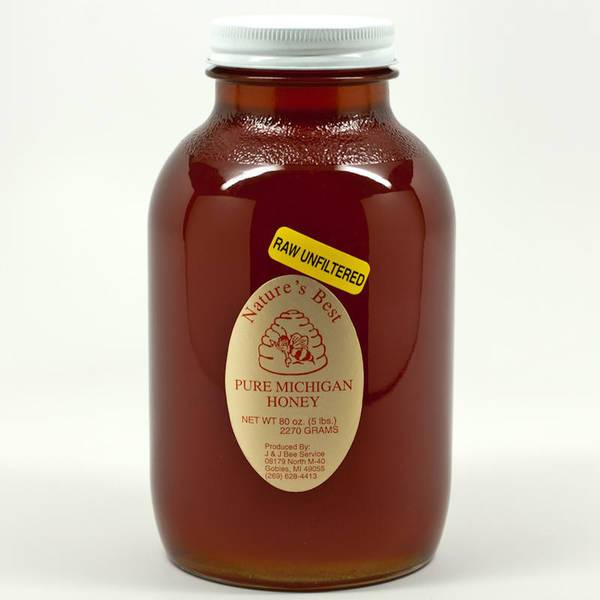
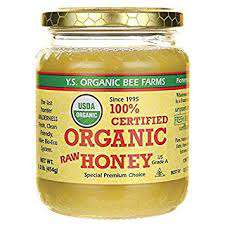
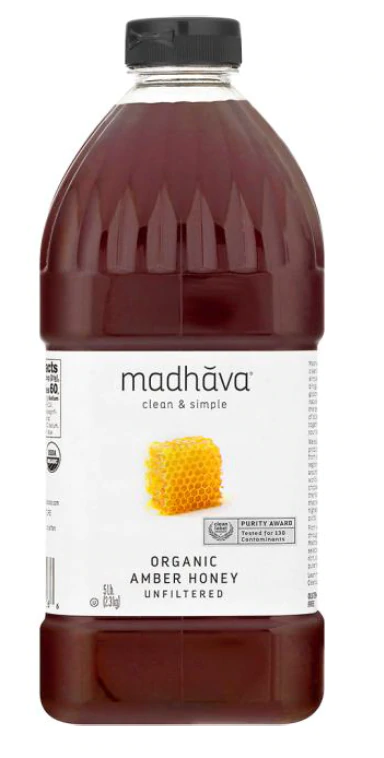
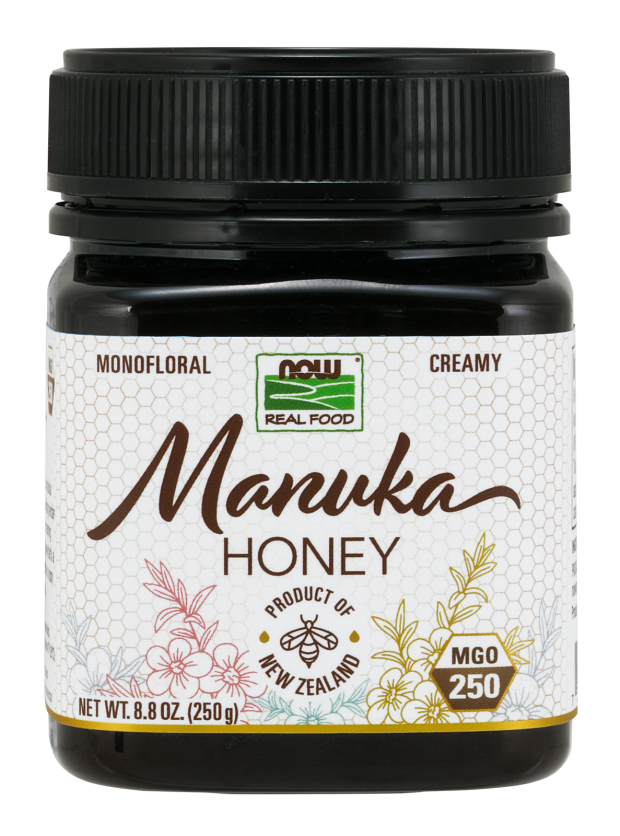


-v1682325889910.png?1800x1000)



